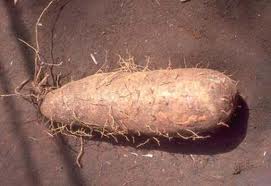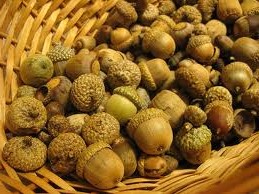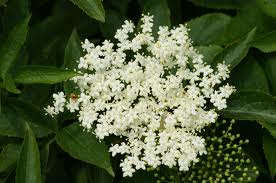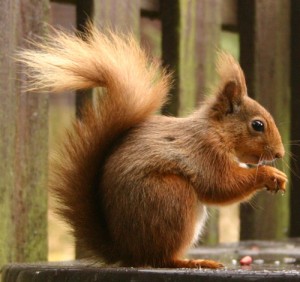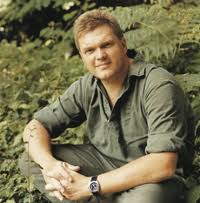Can you live off the land? Can anyone these days? I suppose the answer depends on what land, what you know, and whose else is also trying to live off it.
When foraging is a hobby, the issue of calories in or out takes second place to the fun and the learning. But in a survival situation the caloric compensation has to be taken into consideration. Too much out and not enough in means illness and starvation. I took a five mile walk today in upland scrub (read no ponds) to see how I would do, food wise.
Two choice finds would have left me in good stead for the day, or more. First I found a patch of winged yams. While under cultivation they can grow to well over 100 pounds, locally in the wild they range from a half a pound to eight pounds, still that’s a lot of potato-like starch and food for more than one meal and one day. It requires cooking so I’d also have to have a camp fire and boiling is the preferred method of preparation, though they can also be carefully roasted.
My second good find was an acorn-dropping oak tree. Better still, it was a Live Oak and one with sweet acorns. I could nibble some on the spot. They barely need leaching, so not too many calories will be involved in bringing that food to the table. And a good thing: Acorns are high in carbs and fats, two things you need to keep going. Still, they require some wholesome water for leaching but there was one brook along the trail. I didn’t venture off to see what I could find there. I also saw a hickory tree but its nuts are not ready yet.
As for fruits there were two, beautyberries and persimmons, the former about to go out of season and the latter not quite in season, but I managed to find a lot of beauty berries and a few sweet persimmons. There were also some elder blows and arils of the ripe bitter gourd, no calories in the latter but a good source of lycopene.
In terms of greenery, there was a lot of choice… some wood sorrel, smilax, pennywort, young maple leaves, and young summer grape leaves. On the “edible but…” side were Caesar Weed and Spanish needles. Other items included saw palmetto berries, nutritious but extremely intense in taste, green bitter gourds and leaves, lichen, and panic grass seeds.
For tea I had the choice of sumac berries, blackberry leaves, pine needles, spotted bee balm or the elder blows. The persimmon seeds can be used to make a black coffee-like drink as can blackened acorns. Spices were bay leafs, wax myrtle leaves, smart grass and possibly Hercules Club seeds ground as pepper… sparingly… ditto some Brazilian Pepper seeds.
Normally on such forays I see a land turtle, which of course, is a huge boon of protein in one spot for several meals. Today I did not see one. However, I did run into a two-foot copperhead right in the middle of the trail. If it had been more aggressive and I more hungry it, too, would have been dinner. (Peel the skin back like a sock, clean, then fill will wild greens, roll the skin back, and roast it in the dirt by the fire.) If I had a .22 with me and was living off the land at least one of the squirrels would not have gotten away. They are far more tasty than the copperhead. In fact, authentic Brunswick Stew is made with squirrel.
All in all…. I would have had to have cooked some things twice to make them palatable, but on the second boil it would have been quite a soup/stew. The only problem is unless you go to a different terrain your next meal is going to taste the same, and the meal after that as well. Variety in the wild is seasonal. Here in Florida the Indians used to winter in the middle of the state and summer on the shore. No doubt there were climatic and insect reasons for that. But another is a welcome change of diet, so welcome they left behind sea shell piles over 50 feet high.
Bushcrafter Ray Mears summarized it best when he said that survival includes taking advantage of every food opportunity, no matter how meager. He is absolutely right. Not one can be passed up. Fortunately we’re just having a good time outside. But, it is good to train your eye to find the food should you need to. And sometimes, like the copperhead, the food finds you.

